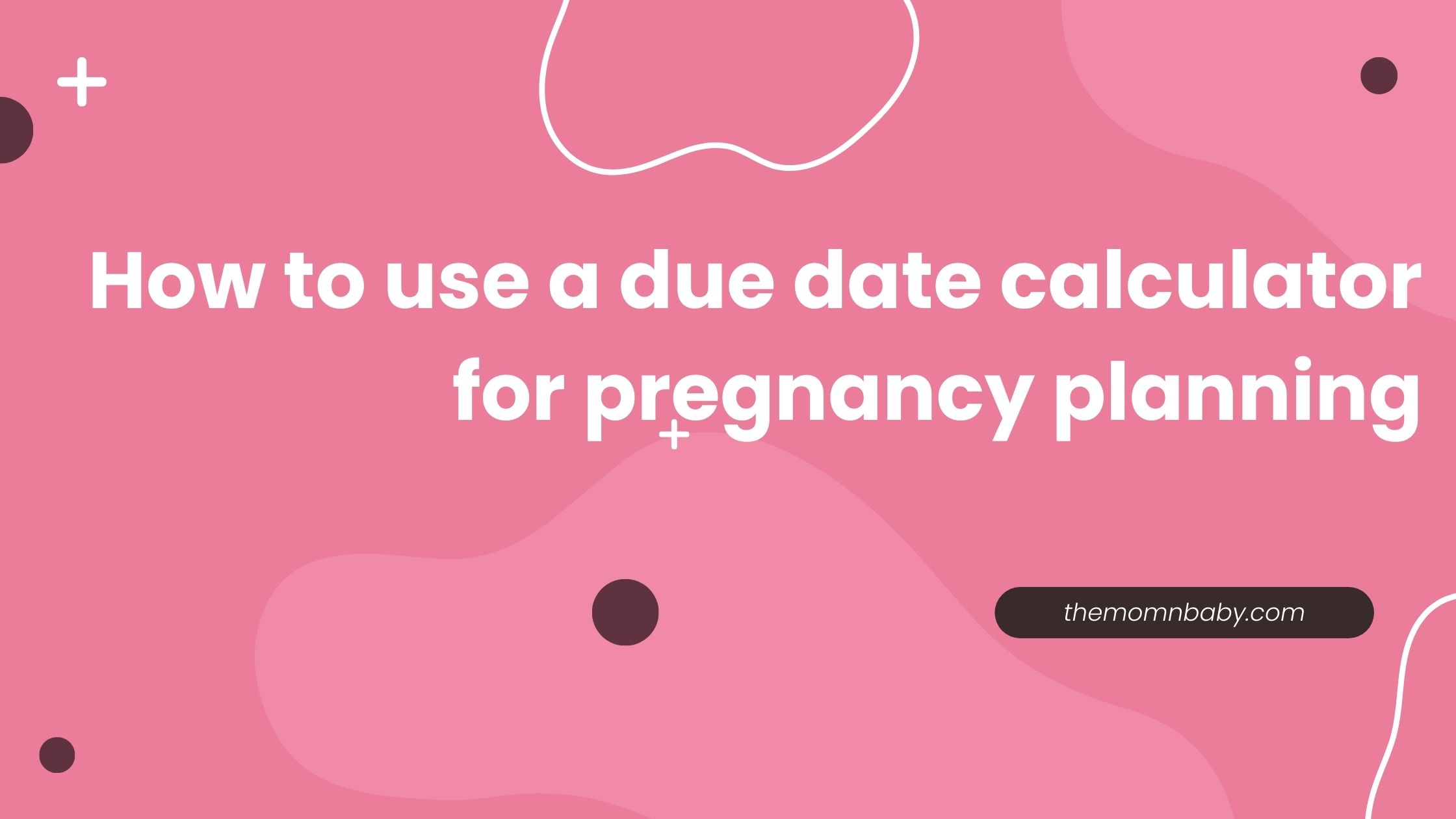The zygote, or fertilized egg, emerges at the moment of conception, as the egg and sperm unite to form a single cell. Comprising a full set of chromosomes—23 from each parent—the zygote undergoes a brief but critical four-day phase. During this time, the single cell undergoes rapid divisions, transforming into a blastocyst with an outer cell layer and fluid-filled cavity. This transition marks the commencement of embryonic development, setting the stage for the remarkable journey from a single cell to a fully formed human being.
Story of How Babies Begin: Zygotes, Twins, and Surprises!
Diving into Zygote Formation:
Okay, so here’s the scoop: a zygote is like the superhero cell that comes to life when a special egg from a lady meets a brave sperm from a guy. It’s the beginning of everything! Think of it as the opening scene of the greatest show on Earth—life itself. This zygote has all the information it needs to become a unique person. It’s not just a tiny cell; it’s the superstar of a big, big story!
Timing: When Stars Align for Zygotes
When a tiny cell called a sperm meets a special egg in the fallopian tube, they join together to make a zygote. This zygote is a single cell that contains all the information needed to create a baby. It’s like the very beginning of a new life story!
Before this magic happens, the sperm goes through some changes to reach the egg. Enzymes in the sperm get activated in the vagina, helping them travel to the fallopian tube. These little enzymes are like the superhero guides for the sperm.
Once the sperm meets the egg, it has to work hard to get inside. It releases enzymes to break through the egg’s outer layer. This step is crucial to make sure only one sperm gets in, preventing any mix-ups with the baby’s genetic information.
Timing is also important for this magic to occur. A hormone called luteinizing hormone helps release the egg, while another called progesterone makes the uterus ready for the baby to settle in. If these hormones aren’t doing their job, it might make it tricky for the sperm and egg to meet and start the incredible journey of making a baby.
Read Also : What Are Blocked Fallopian Tubes?
Zygote Formation and Pregnancy Journey
1. Zygote Formation and Early Development:
The zygote, formed when the sperm meets the egg, is the starting point of new life. This phase, lasting around four days, involves rapid cell division, transforming the zygote into a blastocyst. This journey typically unfolds after ovulation, either through vaginal sex or assisted fertilization methods.
2. Blastocyst’s Journey to the Uterus:
Around the fifth day, the blastocyst travels from the fallopian tube to the uterus. By day 7, it might implant into the endometrium, the uterus lining. Pregnancy weeks are counted from the first day of the last menstrual period, placing the zygote’s formation in week 3.
3. Understanding Twin Development:
Twins, a fascinating aspect of reproduction, can be either identical (monozygotic) or fraternal (dizygotic). Identical twins originate from a single zygote splitting into two blastocysts. Fraternal twins result from fertilization of two eggs by two sperms, developing into separate zygotes with distinct genetic material.
4. Complications During the Zygote Stage:
Chromosomal abnormalities pose potential challenges, occurring either numerically or structurally. Conditions like trisomy 21 (Down syndrome) and Turner syndrome may arise, influenced by factors like advanced maternal age. Complications may impact every cell of the developing zygote, affecting the baby’s health and development.
5. Ectopic Pregnancy:
Ectopic pregnancy, a life-threatening condition, happens when the fertilized egg develops outside the uterus, often in the fallopian tube. Risk factors include prior ectopic pregnancies, reproductive organ surgery, and conditions like endometriosis. Symptoms such as vaginal bleeding and pelvic pain require immediate medical attention, and treatment may involve medication or surgery.
Read More : 12 Ectopic Pregnancy Symptoms And Their Effects On Abdominal Health
6. Failed Implantation and Miscarriage:
Not all zygotes progress to the blastocyst stage, and around one-third of conceptions result in live births. Failed implantations, occurring before or during this stage, may be due to chromosomal abnormalities, infections, or underlying health issues. Risk factors include advanced maternal age, hormonal irregularities, and substance use.
7. Assisted Reproduction Methods:
Assisted reproduction aids those facing challenges in conceiving, engaging in non-vaginal sex, or opting for surrogate pregnancies. Methods include medications for sperm or egg stimulation, intrauterine insemination (IUI), and in vitro fertilization (IVF). Embryo cryopreservation, involving freezing embryos for later use, is common in IVF.
Read More : What Is Intrauterine Insemination (IUI)?
8. Success Rates and Considerations:
Assisted reproduction, ranging from medication and surgery to IVF, is successful in treating infertility in 85% to 90% of cases. IVF, accounting for only 3% of treatments, shows varying success rates influenced by treatment type and individual factors, from 4% to 50%. Factors such as age, health conditions, and lifestyle choices impact the outcomes.
Understanding these intricacies provides valuable insights into the remarkable journey of zygote formation and the various aspects shaping the path to parenthood.
Read More : Frozen Embryo Transfer (FET) Procedure
FAQ
1. What is a zygote, and how does it form during pregnancy?
A zygote is the result of the egg and sperm joining during fertilization. This tiny single cell contains a complete set of chromosomes, contributing genetic material from both parents. It forms shortly after ovulation through vaginal sex or assisted fertilization.
2. How long does the zygote phase last, and what happens afterward?
The zygote phase is brief, lasting around four days. Afterward, the single-cell zygote undergoes rapid division, transforming into a blastocyst, which continues its journey towards the uterus.
3. When does pregnancy officially start, and how is it counted in weeks?
Pregnancy is officially counted from the first day of the last menstrual period before fertilization occurs. In terms of weeks, a zygote forms during week 3 of pregnancy.
4. Can you explain the difference between identical and fraternal twins?
Identical twins, or monozygotic twins, result from a single zygote splitting into two embryos. Fraternal twins, or dizygotic twins, occur when two separate eggs are fertilized by two different sperm cells. Identical twins share the same genetic material, while fraternal twins do not.
5. What complications can arise during the zygote stage of development?
Complications during the zygote stage may include chromosomal abnormalities, which can be numerical (having too many or too few chromosomes) or structural (changes in chromosome structure). Factors like advanced maternal age and environmental influences can contribute to these complications.
6. What is ectopic pregnancy and what are the risk factors and symptoms?
Ectopic pregnancy occurs when the fertilized egg develops outside the uterus, often in the fallopian tube. Risk factors include prior ectopic pregnancies, reproductive organ surgery, and conditions like endometriosis. Symptoms include vaginal bleeding, pelvic pain, and weakness or fainting.
7. How common are failed implantations and what are the reasons behind them?
Failed implantations, where the fertilized egg doesn’t successfully attach to the uterus, are relatively common, with about one-third of conceptions not progressing to live births. Reasons include chromosomal abnormalities, infections, exposure to toxins, uterine and cervical abnormalities, and underlying health issues. Risk factors encompass advanced maternal age, hormonal irregularities, and substance use.




